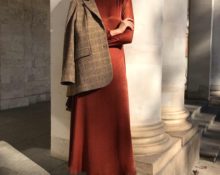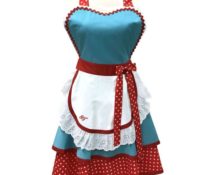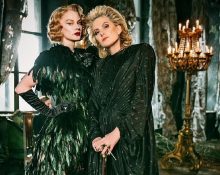Stripes in general and blue or black and white print, called sailor print, in particular, are always relevant and, perhaps, a classic clothing design. Meanwhile, there were times when striped clothes were not worn not only by women, but also by so-called decent people in general. How did the sailor suit become mega-popular?
When did striped clothes appear?
As evidenced by the most interesting work of Michel Paustro, “The Devil's Matter, or the History of Stripes and Striped Fabrics,” during the Middle Ages, the presence of this pattern on clothing “marked” the so-called outcasts of society. Prostitutes and heretics, jesters and jugglers, executioners and lepers were required to wear striped clothing by law. This sign emphasized their social exclusion and distinguished them from decent citizens. The strip perfectly fulfilled the purpose of standing out from the crowd - it was a noticeable and unusual detail for that time.
In addition to the laity, Carmelite monks marked their clothes with a similar design - not in accordance with the decree, but in accordance with the canons of their religious teaching.The stripe has been interpreted as a symbol of devotion to an ancient Christian legend. The two-colored cloak was worn by the prophet Elijah, who was considered one of the most revered saints mentioned in the Old Testament.
However, the monks soon had to abandon such decoration due to a papal ban. Even the Bible, it seemed, was against stripes on clothes - in it, home-grown experts found lines that said that one should not wear garments woven from two materials. The negative attitude towards stripes was also strengthened by the fact that they were similar to the coloring of some animals, which were considered the personification of treachery or danger associated with evil spirits. These include hyena, snake, wasp, and tiger.
The element was used in literature and fine arts as a guideline by which it was determined that a particular character was a negative hero. For example, oathbreakers, traitors and bastards wore striped clothing.

Unisex style, Chanel and emancipation
When the navy's vests were replaced by the statutory uniform, they "migrated" to the men's wardrobe, becoming part of the suit. They were successfully purchased by clients of the Aquascutum house. One of the most honorable was King Edward VII. The choice of the monarch contributed to the fact that clothing with stripes was accepted by society and gained popularity. With the emergence and spread of the unisex style, the sailor suit began to be used in women's images.
One of the first representatives of the fair half of humanity to wear such a wardrobe item is Mademoiselle Coco. She paired the vest with dark trousers, ballet shoes and a headdress reminiscent of a sailor's cap.
Chanel exploited the so-called French fame of the sailor suit and associations with the sea.With her light hand, the contrasting shades and comfort of knitwear ceased to be symbols of the hard work of fishermen and sailors, and began to represent a pleasant pastime on the French Riviera.
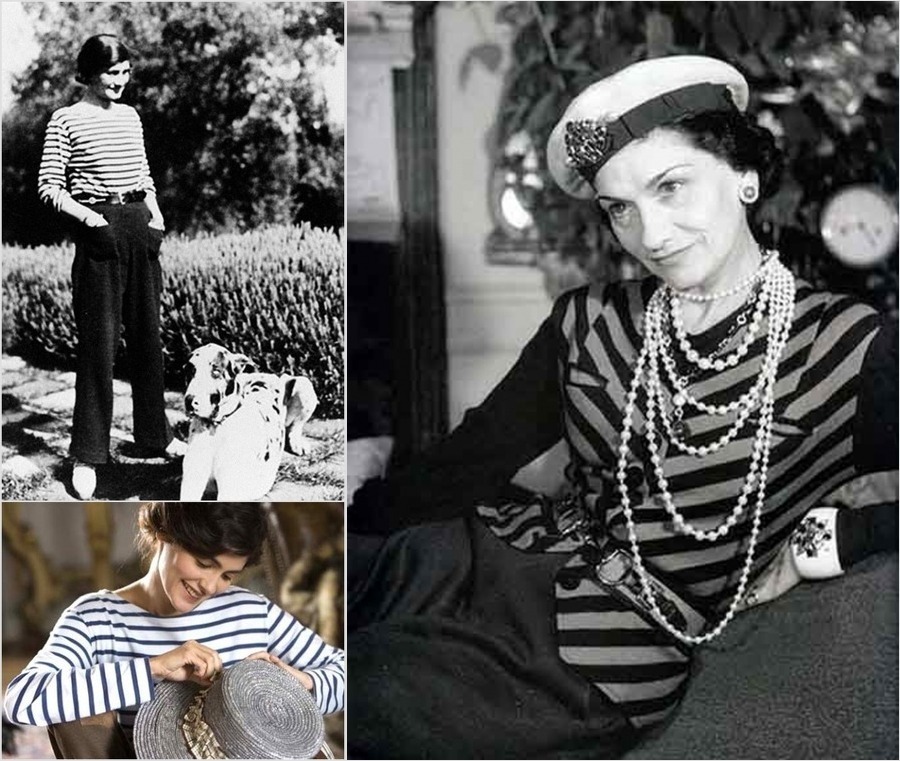
Madonna wore the vest in the 1980s. Today this print has become as classic as black or plaid.
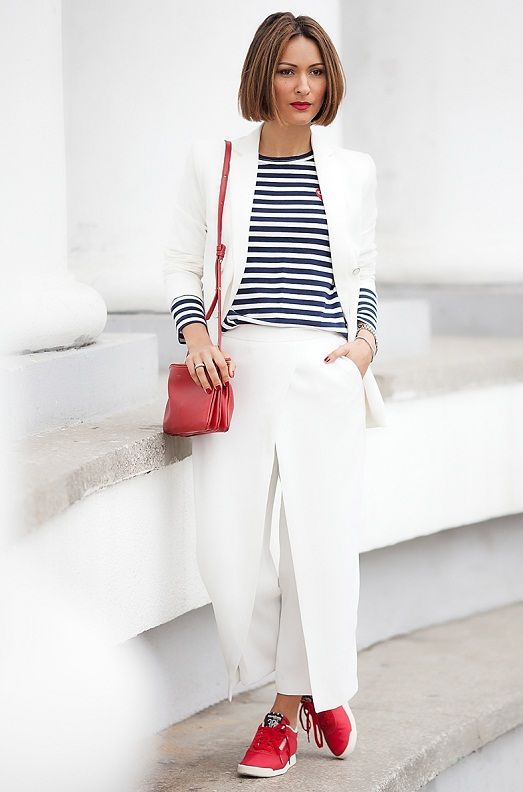
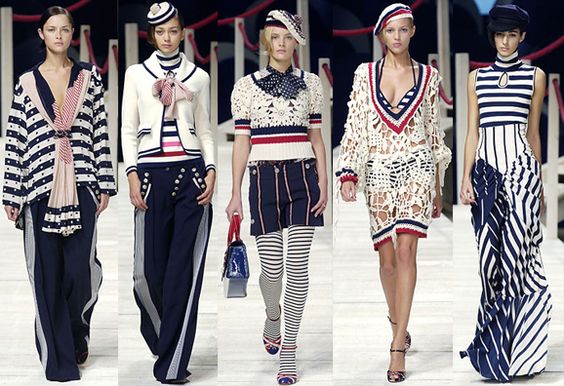
Stripes are present in almost every runway collection. Printed items are sure to be found in many wardrobes. From being worn by the outcasts of society to being the hottest pattern ever, stripes have certainly come a long way.


 0
0
